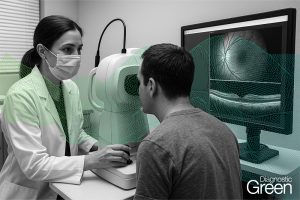Recently published in Surgery, a meta analysis to evaluate the efficacy of indocyanine green fluorescence angiography in decreasing anastomotic leakage. Twenty studies were included in this meta-analysis of 5,498 patients. The pooled estimate of the odds ratio was 0.46 (95% confidence interval 0.34-0.62; P < .00001) favoring indocyanine green fluorescence angiography. The overall anastomotic leak rate was 3.7% (n = 82) in the intervention group and 8.6% (n = 282) in the control group. Indocyanine green fluorescence angiography led to a change in the anastomotic site in 216 (9.7%) patients. Subgroup analyses of anastomotic leakage requiring intervention, patients requiring a low colorectal anastomosis, and prospective studies had a pooled estimate of odds ratio 0.55 (95% confidence interval 0.35-0.89), odds ratio 0.38 (95% confidence interval 0.27-0.54; P < .0001), and odds ratio 0.49 (95% confidence interval 0.30-0.81; P = .005) respectively.
Conclusion: The use of indocyanine green fluorescence angiography is associated with a decrease in anastomotic leakage. This association is present in patients with severe anastomotic leakage requiring intervention as well as low colorectal anastomoses.




